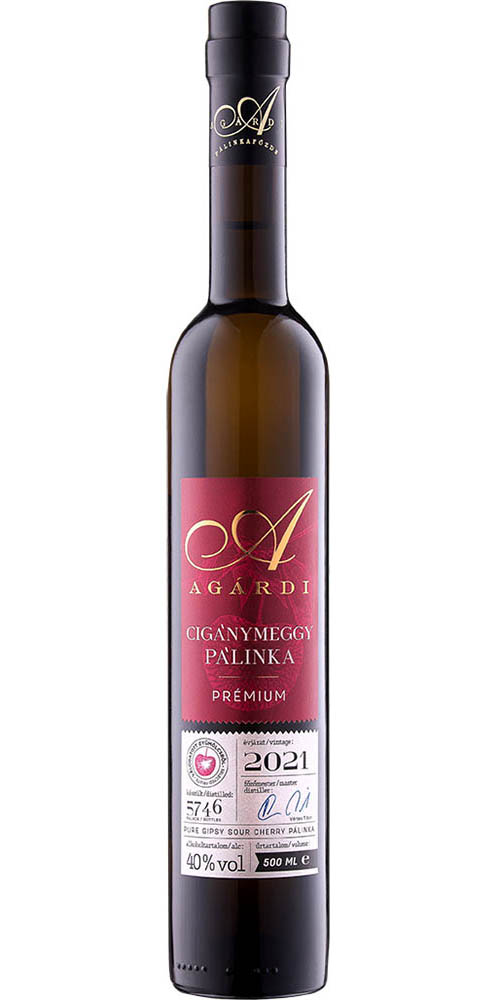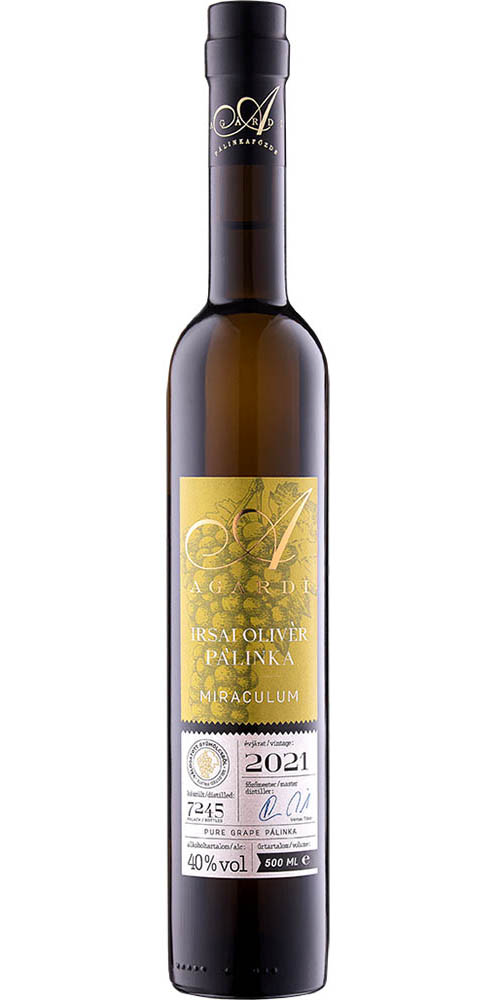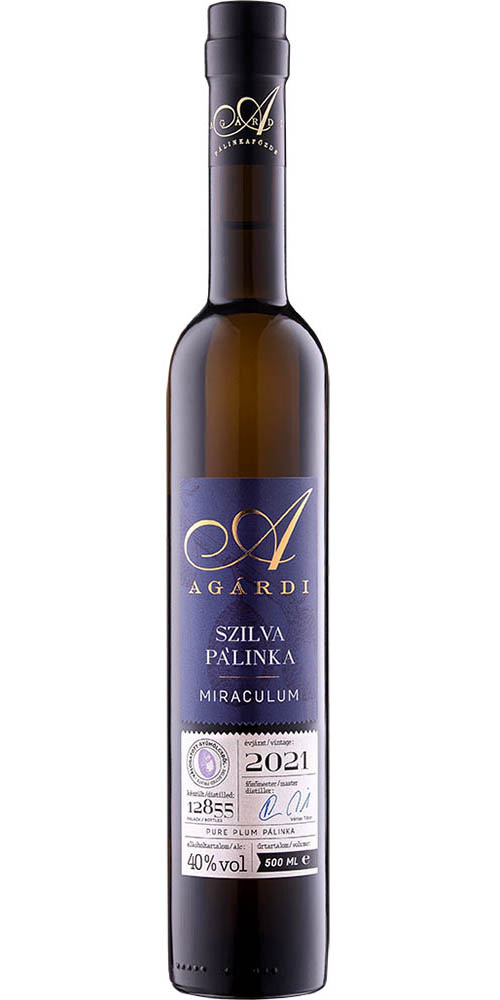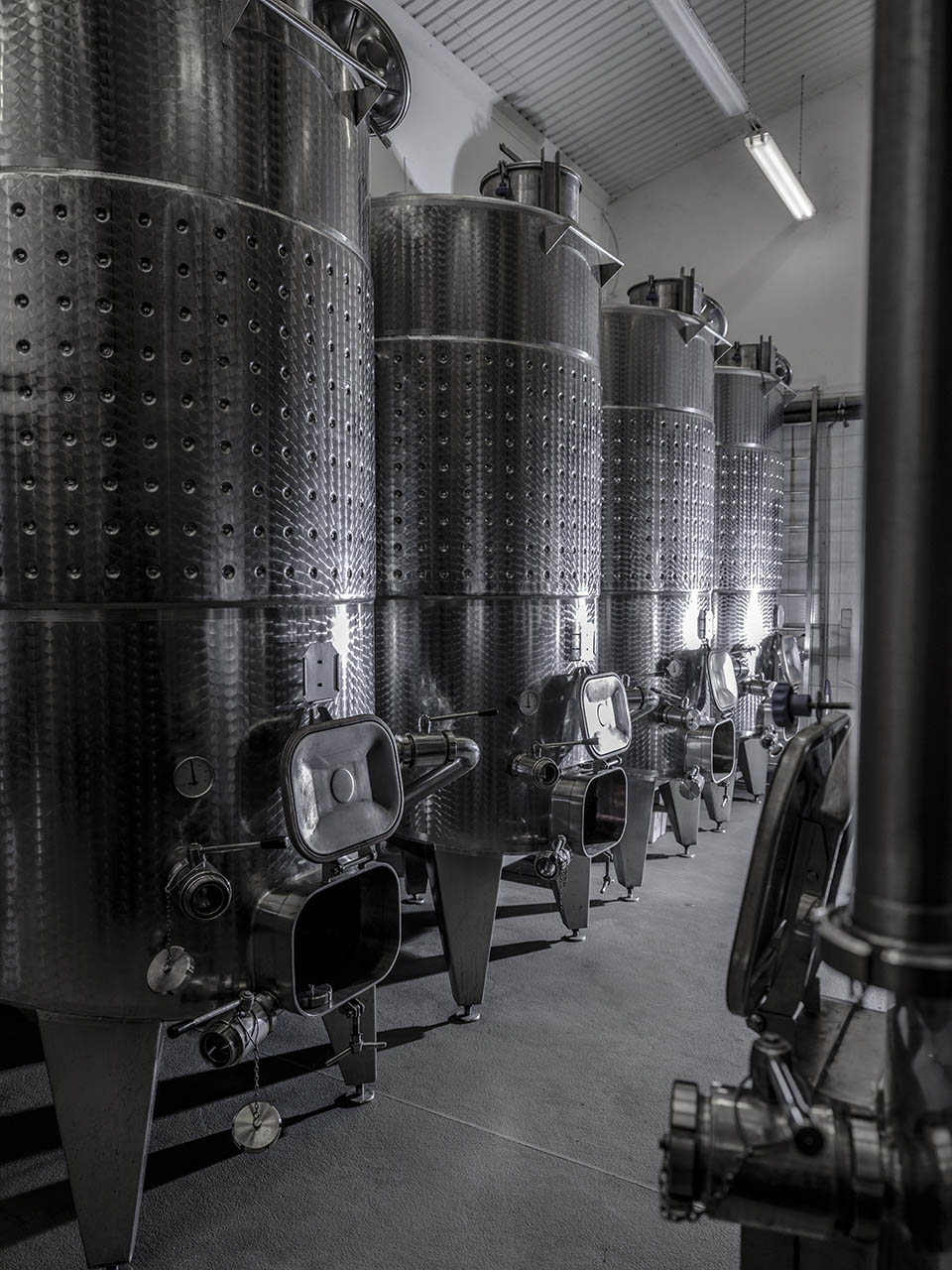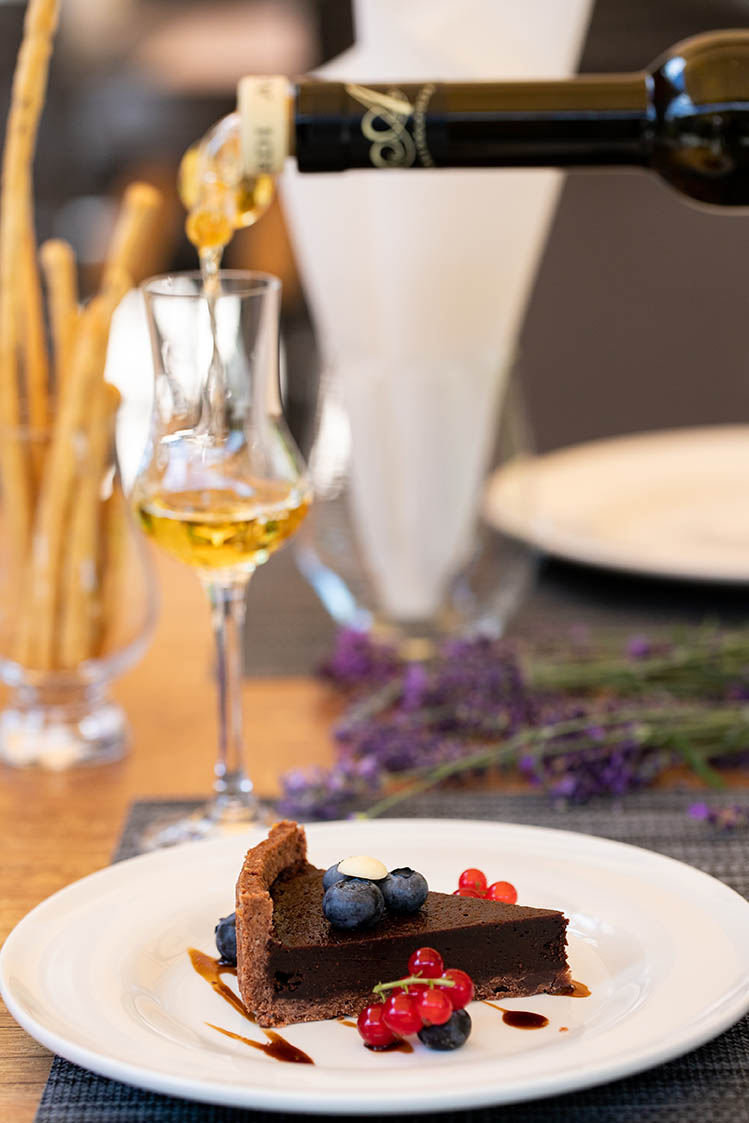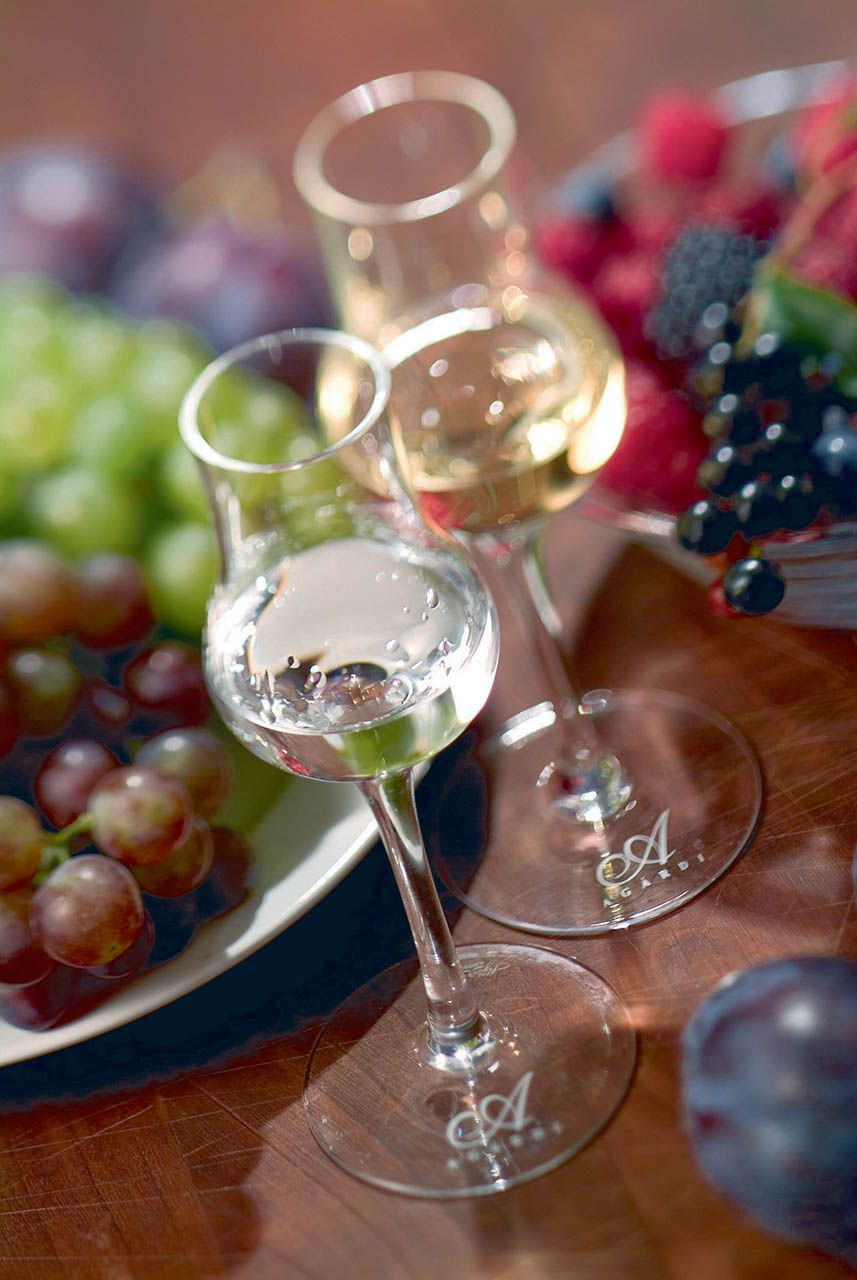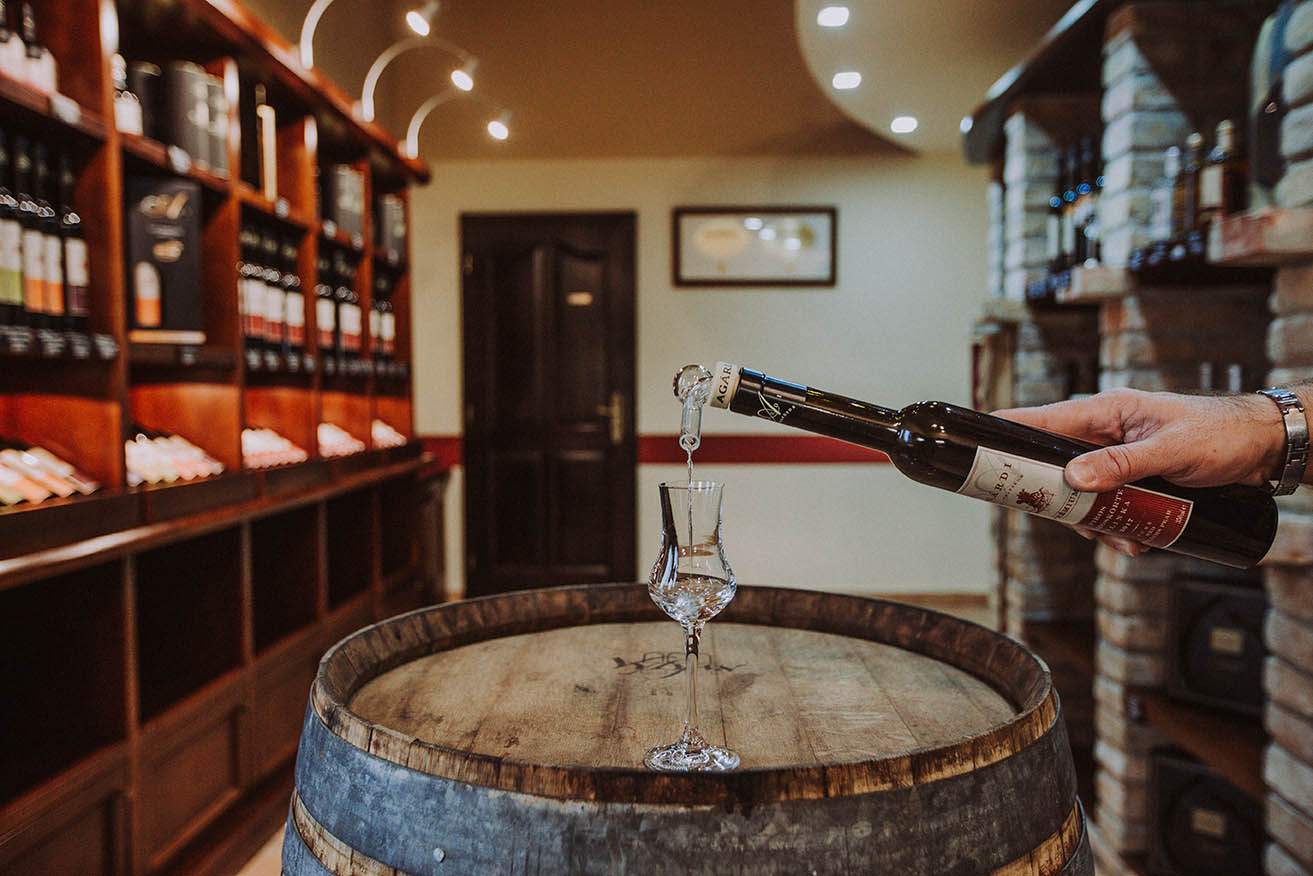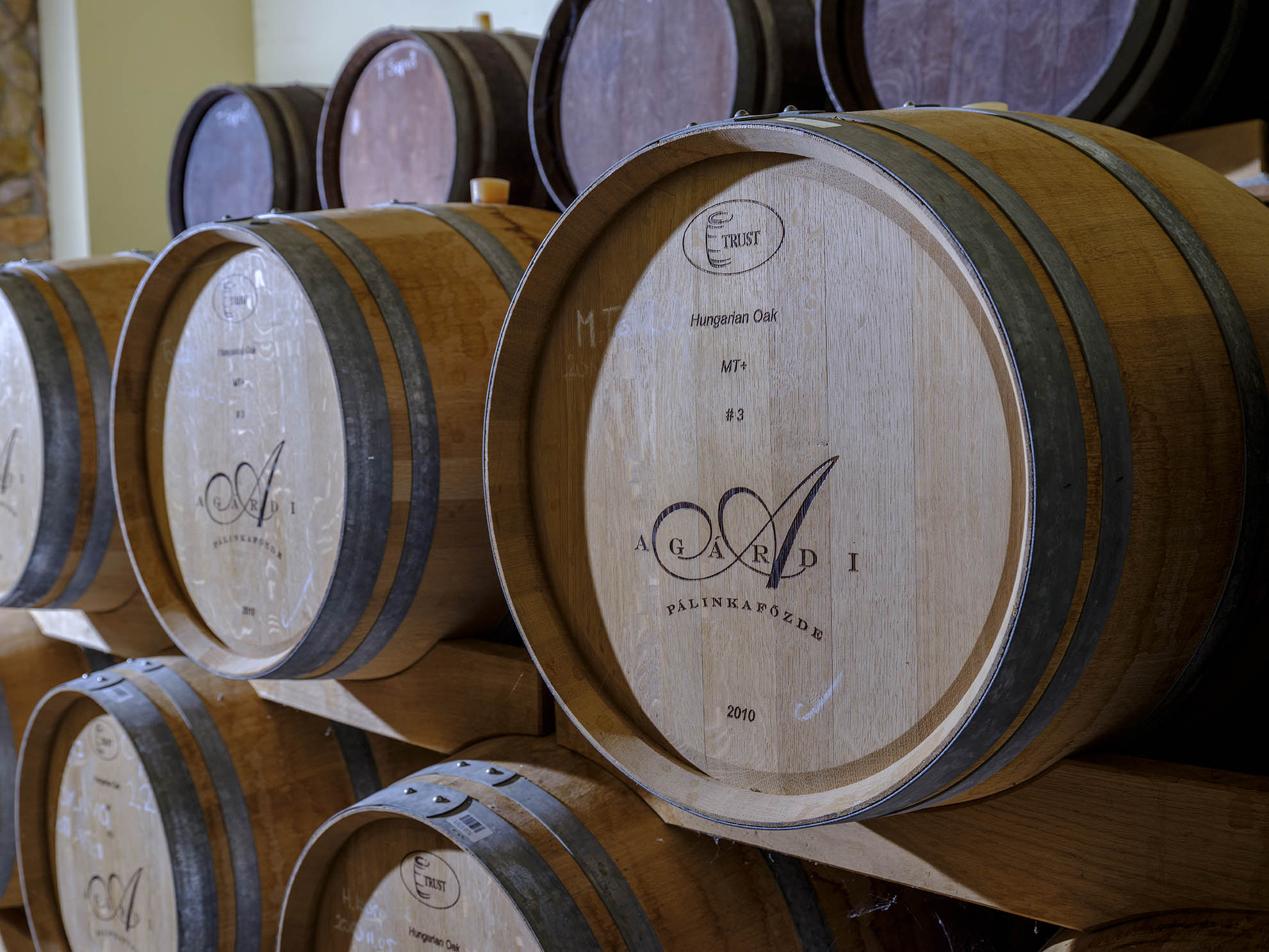AGÁRDI FRUIT BRANDIES
Juicy and full flavored fruit are reflected in the taste of Agárdi Miraculum label pálinkas. ’Miraculum’ stands for miracle: the transformation of the Hungarian fruit into an incredibly clean, fabulous fruit brandy is a miracle indeed. Taste our Miraculum pálinkas to experience the magic!
Scroll down for more information on the history and making of pálinka!
What is pálinka?
Pálinka is the local name of the original Hungarian fruit brandy, a category of fruit spirits known and loved for their unique potency, flavor, and fragrance. Usually consumed at the beginning or end of a meal, pálinka is typically served at room temperature and made with sweet orchard fruits such as plums, apricots and cherries.
Pálinka is not only a beloved national treasure but a protected product of Hungary with a set of laws defining the exact quality of it. Alcoholic spirits may only be called pálinka if they are fermented exclusively from fruit grown in Hungary, free of additional ingredients, and they are grown, distilled and bottled in Hungary as well, while also containing at least 37.5% alcohol.
Introduction to fruit spirits
Fruit brandy or fruit spirit is a distilled alcoholic beverage produced from mash, juice, wine or residues of edible fruits. Unlike other agricultural spirits such as whisky, vodka, and gin that can be made throughout the year, fruit brandies are dependent on the seasons, ripening, or in some cases the production of the wine from which it is made.
Most European fruit brandies have a protected designation of origin (PDO), with a label indicating and protecting their respective brands, but some fruit spirits may be labeled with alternative names regardless of their country of origin. Some of the most known fruit spirits are the eau de vie grape based brandy and the apple based calvados in France, or the traditional Hungarian pálinka made out of a variety of local fruits.
History of pálinka
As it’s clear by now, true pálinka only comes from Hungary and is made with native fruit harvested locally. The drink’s history can be traced back hundreds of years, stealing the spotlight from the country’s other famous export, Tokaj wine. According to research, the first mention of pálinka exist in records dating as far back as the 1330’s. Back in the days of King Charles I of Hungary, pálinka was called Aqua vitae reginae Hungariae, and it was a strong spirit primarily made for the king’s wife to ease her immense joint pains.
Proper production started in the middle of the 18th century, but because it was widely considered the “moonshine” of Hungary, the original inventors, home distillers were quickly outlawed. This of course paved the way for illegal pálinka manufacturing, with the ban of bread-stuff distillation leading to the usage of fruit. As demand rose, guidelines were made and legal production could begin around 1850, when pálinka was taxed and monopolized.
Fast forward to the 21th century, pálinka gained a geographical indication in 2004 in the EU. There is a total of eight Pálinkas with local PDO: plum pálinka of Szatmár and Békés, apricot of Kecskemét and Gönc, apple brandy of Szabolcs, sour cherry brandy of Újfehértó, pear pálinka of Göcsej and pomace pálinka of Pannonhalma.
Making of pálinka
In the past, making fruit brandy was a way to use up fruit that was not eaten at the end of harvest season. As the quality of pálinka is largely influenced by the quality of the fruit used, the distillery has to use ones with a rich taste and bold flavor.
1. Preparing mash fruit
The first step in the production process is the preparation of the mashed fruits by first removing stony seeds from the fruit, for example cherry, apricot and plum – this is in order to prevent the cyanide contained in the seeds from ending up in the pálinka.
2. Fermentation
The second step is fermentation with a required temperature between 14–16 °C (or 57–61 °F) and an overall span of 10 to 15 days. Some fruits also require an additive to start the fermentation process.
3. Distillation techniques
Then there’s the distillation process that is carried out in two possible ways: in a pot or column still. The former is considered to be the traditional method and always means double distillation. Both the alcohol and the taste of the fruit are extracted from the fermented mash that results in a liquid called ‘alszesz’, meaning low alcohol. The second distillation is the one that has the greatest impact on the quality of the end product and is distinguished into ‘előpárlat’ (foreshots), ‘középpárlat’ (middle cut) and ‘utópárlat’ (feints). The ‘előpárlat’ is not used, even though much of the taste is contained in this cut. The ‘középpárlat’ is the one that gives the body of the distillate. The middle cut gives the body to the fruit brandy, while foreshots are not used in the final product. On the other hand, distillation in a column still involves a single distillation and is considered to be a faster and cheaper alternative, thus making the overall product inferior.
4. Aging the brandy
The last step in the distillation process is aging brandy that can be achieved in wooden casks or in metal tanks. The latter is used because not all varieties of pálinka can be aged in wooden casks as it tends to nullify the fruity taste of the product.



